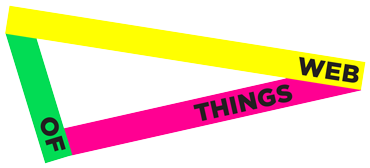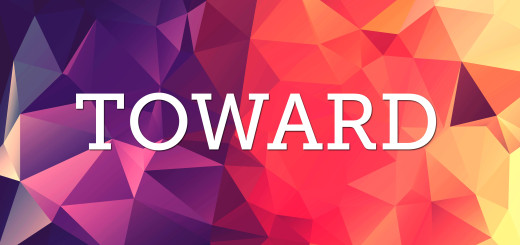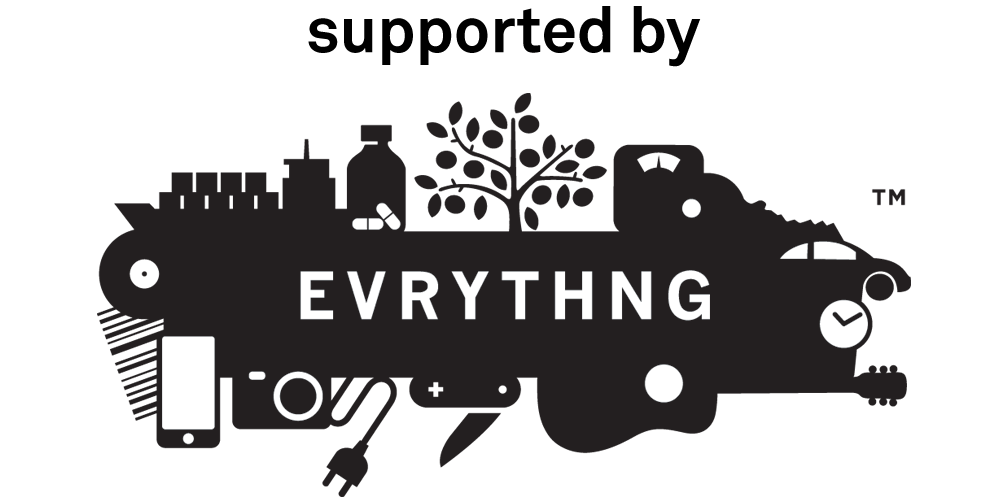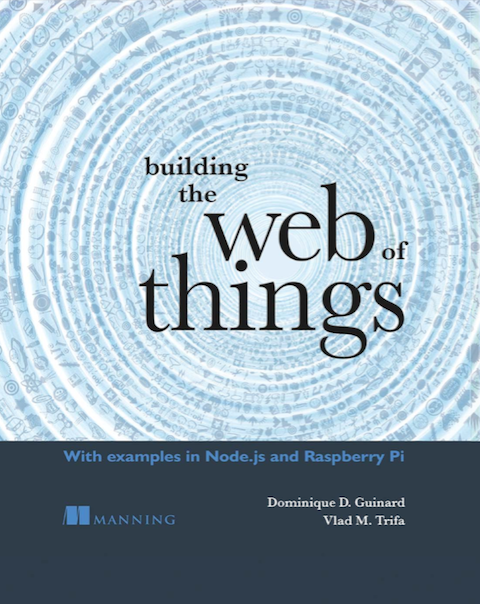Homecamp anyone?
We’ll be going (okay, I’ll be going) to homecamp this saturday in London and hopefully present a quick and dirty demo of what we’re currently doing a with some real devices. Of course, we were supposed to have the LHC with us and a crew of flash programmers to do a kick ass-demo. But we didn’t. So I’ll just bring a “work in progress fast prototype” of what we have currently to show the potentials of WOT (such as some rfid-enabled websites, a physical mashup of energy consumption, and some curl to get data from sensor nets). There were supposed...





